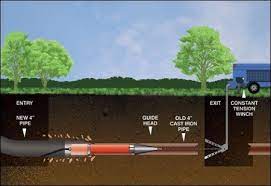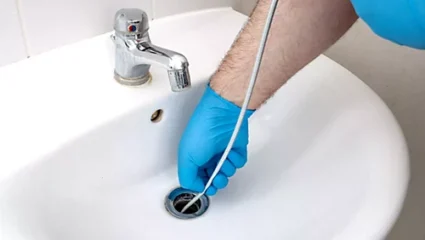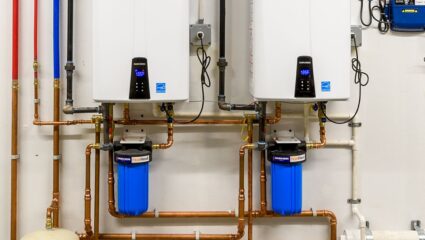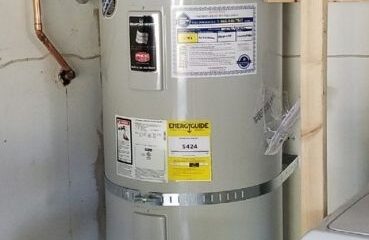Main Line Trenchless Replacement (Pipe Bursting)

Different Ways to Use Trenchless Technology
Trenchless technology offers a modern alternative to traditional, labor-intensive plumbing repairs and installations that often require significant excavation. By minimizing digging, trenchless methods provide an efficient solution to pipe repair needs while saving your yard and your wallet. Here are five trenchless techniques that can effectively address various pipe issues:
1. Cured-in-Place Pipe (CIPP)
CIPP strengthens existing pipelines by relining them with a seamless, PVC-infused liner, filling any existing holes and cracks. The process begins with hydro-jetting to thoroughly clean the pipe. The liner is then placed and sealed with highly pressurized steam, making it suitable for pipes with minor damage that are still structurally sound.
2. Pipe Bursting
Ideal for completely replacing an old or damaged water or sewer pipe, pipe bursting uses a spear-shaped tool called a bursting head. This tool is attached to a replacement pipe and fed through the existing pipeline, shattering the old pipe while simultaneously laying down the new pipe in a continuous, efficient manner.
3. Pipe Replacement
This trenchless method also utilizes CIPP but is tailored for severely decayed pipes that cannot be simply relined. Technicians insert a small, flexible cable machine into the old pipe, dragging a new, smaller pipe through it, which is then sealed in place to function within the old structure.
4. Pull-in-Place Lining
Similar to pipe bursting, this technique requires only two small access holes. A new liner is pulled through the existing pipe using a winch and then steam-sealed into place. It is designed to repair small imperfections and enhance the pipe’s strength without fully replacing its structure.
5. Inversion Lining
Inversion lining is used to add durability and seal cracks or gaps within a pipe. The liner, made from a felt tube, is inserted into the pipe using similar methods to other trenchless techniques, effectively creating a new, robust inner surface.
Should You Go Trenchless?
Choosing trenchless repair not only fixes and prevents future pipe damage but also reduces the disruption and costs associated with traditional methods. It’s a proactive, cost-effective solution for maintaining the integrity of your plumbing system without the extensive use of resources or disturbance to your property.
If trenchless technology sounds right for your needs, contact GAC Plumbing Company at 707-538-8000 to discuss how we can implement these innovative solutions for your plumbing challenges.





